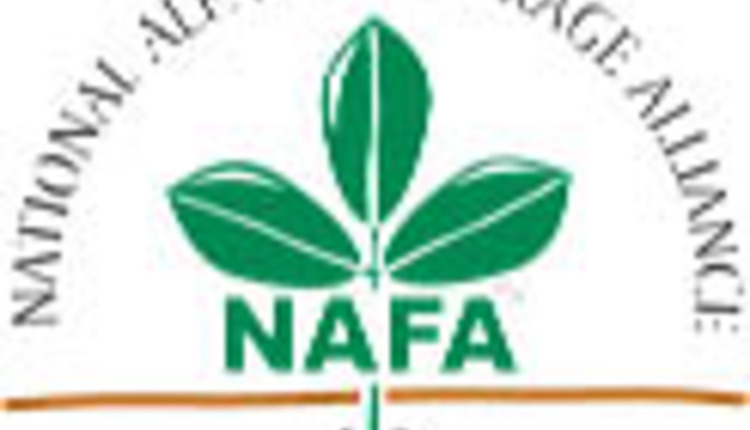
The U.S. Department of Agriculture’s National Institute of Food and Agriculture (NIFA) recently announced the award recipients of more than $1.2 million in Alfalfa and Forage Research Program (AFRP) funding to study an array of issues affecting the alfalfa industry.
Now in its second year, the AFRP was created to support integrated, collaborative research and technology transfer to improve the efficiency and sustainability of alfalfa forage and seed production systems. It encourages projects that establish multi-disciplinary networks to address priority national or regional science needs of the alfalfa industry.
The National Alfalfa & Forage Alliance (NAFA) was successful in securing AFRP authorizing language in the 2014 Farm Bill and worked closely with Senator Moran (R-KS) and others to secure a $1.35 million appropriation in FY ’14 and ’15. The following projects were recently awarded funding:
| AFRP Project Title | Lead Org./Collaborators | Award |
| Re-Establishing IPM Rec. for Aphids in Alfalfa Hay in the Low Desert | Univ. of AZ/CA, UT | $206,000 |
| Developing Molecular Markers for Enhancing Resistance to Drought and High Salinity in Alfalfa | USDA-ARS, Prosser/NY, UT | $215,000 |
| Potato Leafhopper Threshold Revised for Alfalfa Host Resistance and Alfalfa Grass Mixtures | Univ. of MD/OH, WI | $215,000 |
| MS State Univ./GA, WI | $213,333 | |
| Management Tools to Improve Forage Quality and Persistence of Alfalfa | Cornell Univ./MN, KY | $203,213 |
| Univ. of CA/AZ, NM | $195,000 |
“The AFRP continues to pay dividends to the industry,” said NAFA President Beth Nelson. “This research helps keep alfalfa competitive with other cropping choices.”
AFRP funds are collaborative in nature meaning each project submission must include a collaboration among organizations in at least three states as a requirement of funding. Researchers from 13 states will share in this funding.
AFRP supports the development of improved alfalfa forage and seed production systems. Its focus areas include improving: alfalfa forage and seed yield through better nutrient, water and/or pest management; persistence of alfalfa stands by lessening biotic or abiotic stresses; alfalfa forage and seed harvesting and storage systems to optimize economic returns; estimates of alfalfa forage quality as an animal feed to increase forage usage in animal feeds; and/or breeding to address biotic and abiotic stresses that impact forage yield and persistence and the production of seed for propagation.

